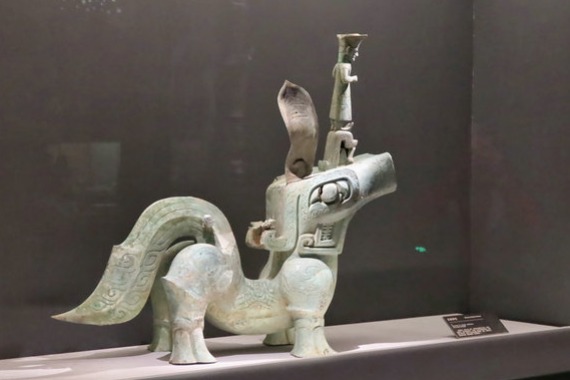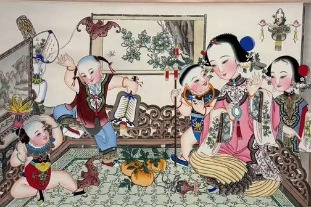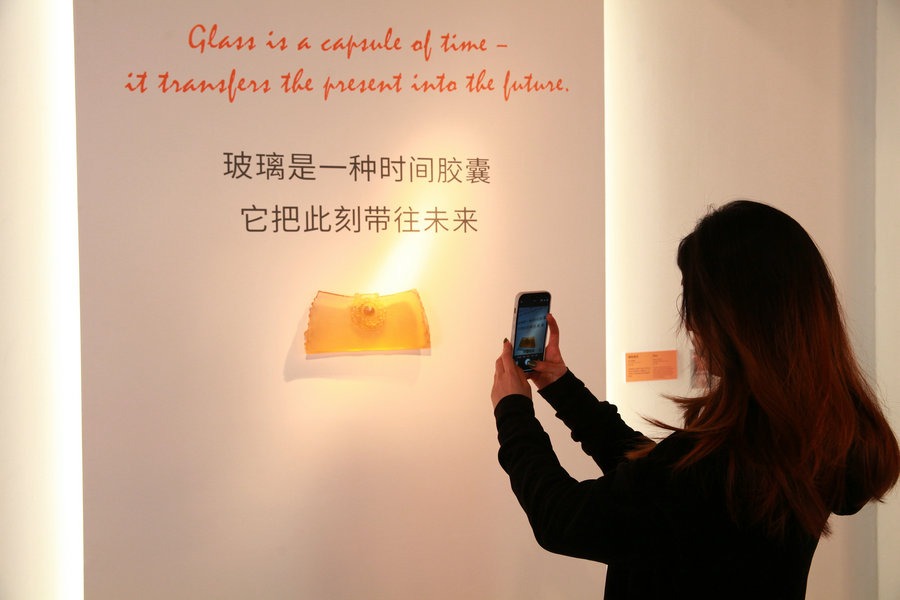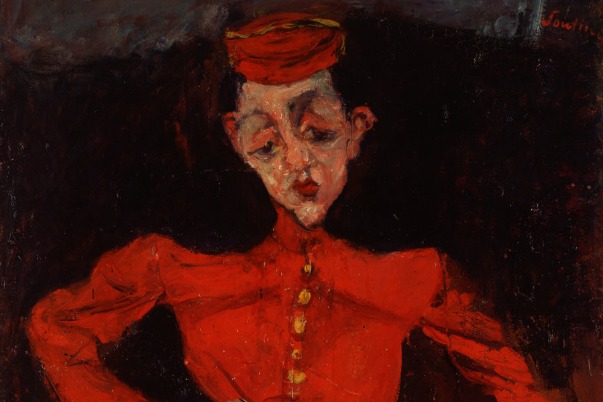Museum aims to highlight country's fabric

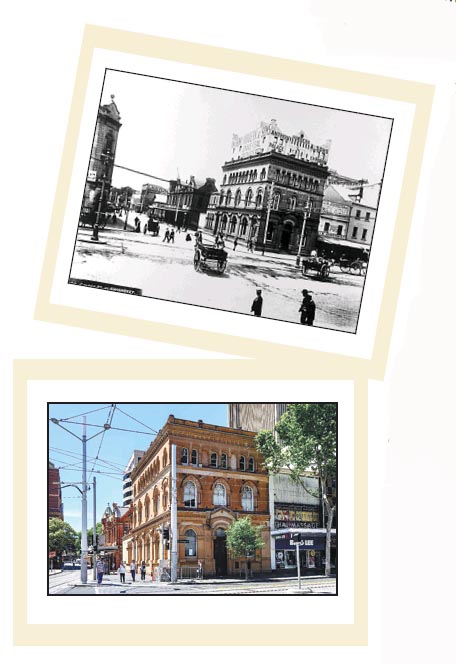
At the turn of the last century, in 1901, Australia became a nation in its own right and on Dec 23 that year, the Immigration Restriction Act (better known as the "white Australia policy") came into law. Designed to limit non-British migration - especially Asian - to Australia, it was endorsed by successive governments, until then-prime minister Harold Holt began to dismantle it in 1966.
The policy was officially junked later by reformist prime minister Gough Whitlam, who laid the foundations for Australia's multicultural policy that embraces all people, especially those from China and other Asian countries.
While the early days were tough for Chinese, they endured and prospered - where today Chinese Australians form an integral part of multicultural Australia.
"This is the story the MOCA wants to illustrate," Yu said.
Now retired, Yu came to Australia when he was 3 years old with his parents who fled Nanking (now Nanjing) before the Japanese invasion and massacre in 1937.
Chinese settlers in Australia faced some "difficult periods" but, on the whole, "life here has been good," he said.
"For a long time now, a small group of people have been looking at ways (in which) we could record the history of Chinese settlement, not only in Sydney, but in the (entire) state and Australia."
Sydney's Chinatown had not always been in Haymarket but was first established in The Rocks (near Sydney's Circular Quay) and later moved to Belmore Park near Central Railway Station before settling in Haymarket, Yu said.
"Many of us felt this long history of Chinese settlement and involvement in the growth of Sydney into a major metropolitan world capital needed to be recorded.
"The Chinese have contributed an enormous amount, not only in commerce but in many, many other ways. They are hardworking and tend to blend into the local community. Initially, many settled in Chinatown but over the decades they moved out into the suburbs, regional NSW (New South Wales) and the rest of the country," he said.


















